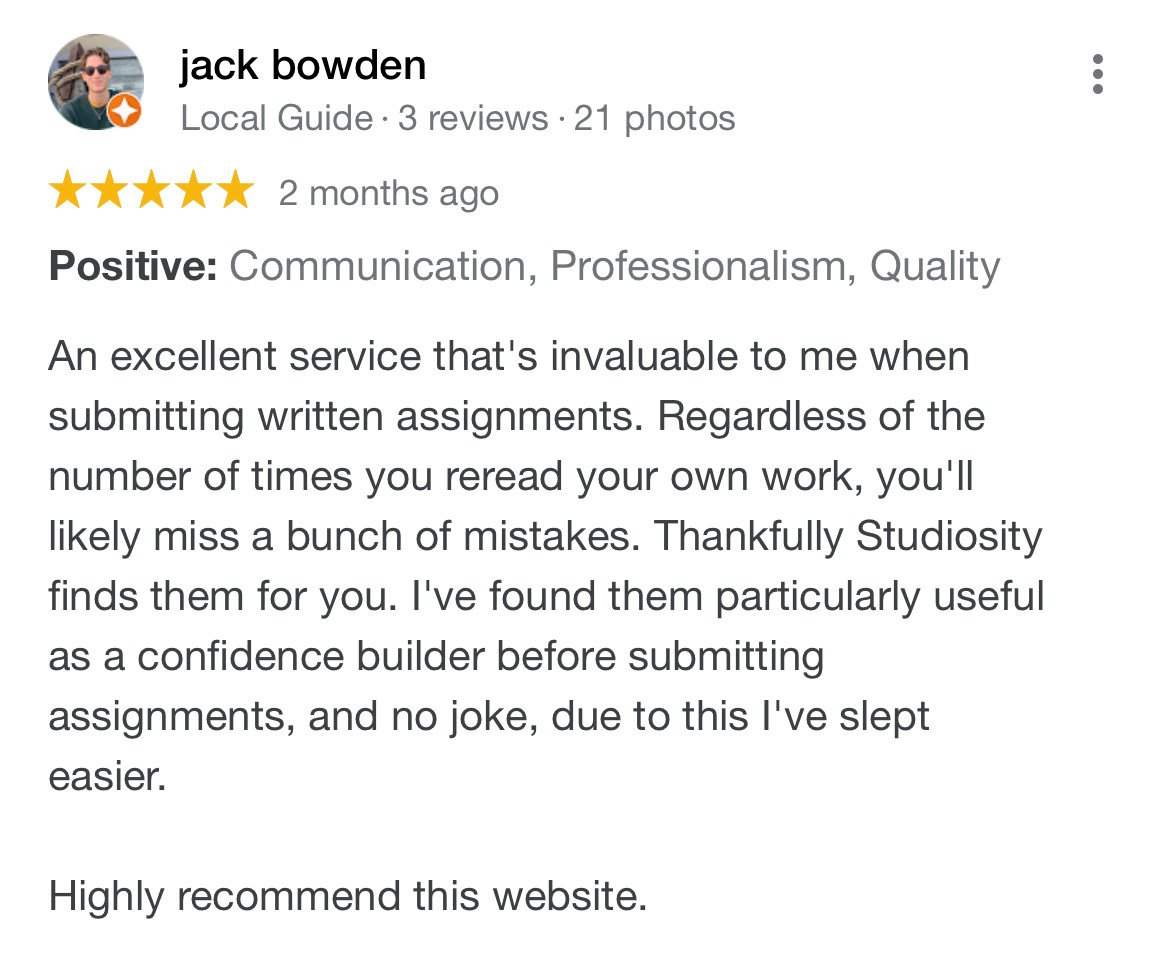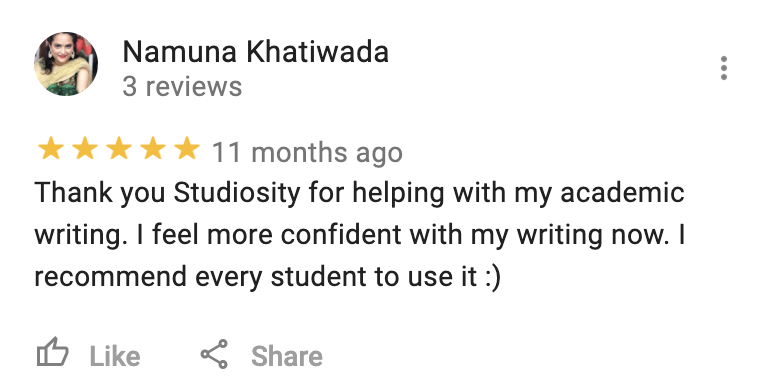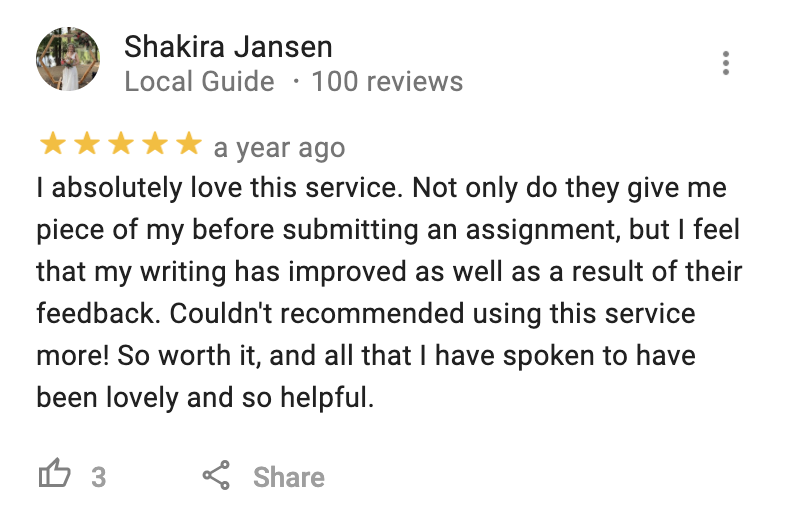Follow Studiosity's board Literature on Pinterest. Creative writing is a valuable skill that every child benefits by developing. Engaging writing is key to speeches and persuasive pieces, which are common tasks in senior education, and in life generally. Writing narratives equips a student to analyse the writing of others. And at a really basic level, the more you read and write, the more your vocabulary and your literacy grow, making creative writing important to all primary-age students.
Writing narratives equips a student to analyse the writing of others. And at a really basic level, the more you read and write, the more your vocabulary and your literacy grow, making creative writing important to all primary-age students.
But supporting your child in their writing can be a daunting task. A lot of people think of creative writing as easy, but it is a subtle undertaking, the outcomes aren't always apparent, and the path to a good story is not always clear.
With WriteOn 2015 - the creative writing competition for primary school students in NSW - announced, now seems like the perfect time to talk about how best to inspire your young children's writing.
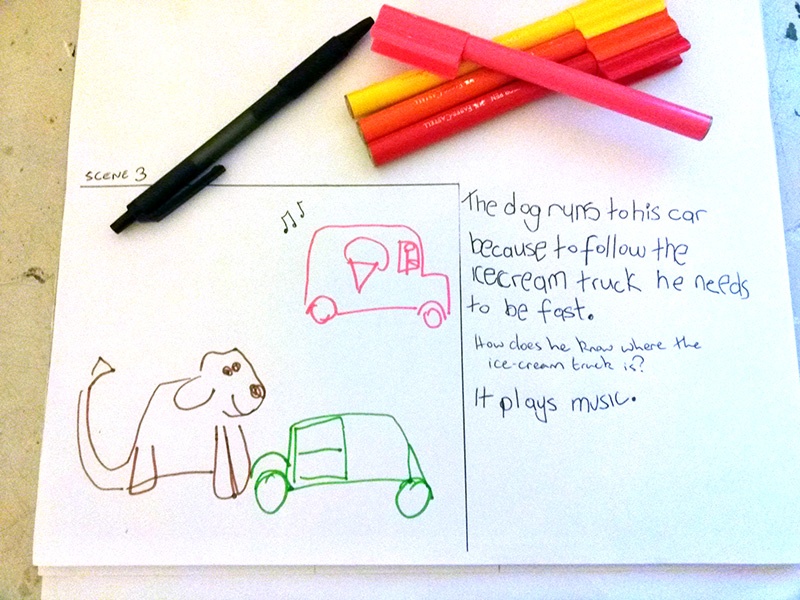
Google Inspiration
One of the hardest parts of writing a creative piece, especially for younger students, is coming up with the germ of an idea to get the whole thing rolling. As a grown up you probably have a hundred story ideas, but simply telling your child what to write about is not going to develop their creativity, or fire their imagination. From where can they draw their inspiration?
One surprisingly good source of inspiration is the Google image search. If you head to Google and type in a search term, you'll notice you have the option to view image results. These are pictures Google thinks are related to your search. Spend a little time brainstorming some really out-there search terms, and seeing what images come up if you search for them. "cat on a bicycle"; "dog wearing a hat"; "cooking in space"; "chocolate cake house". The brainstorming session is already a lot of fun, and seeing some of the images that exist for these strange ideas can be hilarious. Pick a few of the really exciting pictures that you find and then talk about them. Why is that dog driving a car? Where is he going? How did he learn to operate a vehicle? Whose automobile is it? Who is that person in the background eating a banana? Why is there a cat chasing him? Any of these questions could lead to an exciting, funny story that is enjoyable to think about, and to write.
If it's still a tad too early to be googling with your child, consider spending a little time yourself finding cool pages with lots of interesting images. Google something like "pictures of dogs wearing hats" and you'll find this exceptional Tumblr: http://dogswearinghats.tumblr.com/ You can use the same question process to generate stories from the images on websites like this - and, honestly, you'll probably enjoy finding these websites just as much as your little one will enjoy seeing them.
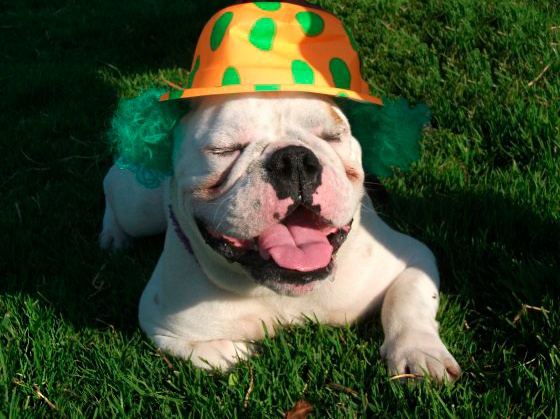
Image: dogswearinghats.tumblr.com
Storyboarding
A storyboard is a tool used by anyone designing a narrative. It's most commonly used in script and screenplay writing, but applies to any narrative that can be broken down into scenes, or shots, or events. When you make a storyboard, you draw a very simple little picture for each step in the narrative. You write a short line explaining what the scene is, and you can add notes to each scene for details you'd like to include. Here's an example:
A storyboard is a great way to organise your thoughts. It lets you spot scenes or narrative elements that need more explanation, or gaps in your story, before you start writing. A planned story has an actual goal, an endpoint, and is not only easier to write but will generally flow better since the writer knows where they are going with it. This is especially helpful with younger children, who tend to start with one idea and then just add embellishment after embellishment until the story, though wildly entertaining, no longer makes quite as much sense as it once did. Now there's nothing wrong with an out-there story, but if a bit of planning can keep it cohesive and with a beginning, middle and end, that's a more successful exercise.
Drawing up scenes can also be a whole lot of fun, and it can spawn new ideas. Kids can be so creative when expressing themselves artistically, so you may end up with an entirely new story just by drawing and rearranging concepts in a storyboard.
Something to remember if you're ever feeling a little stuck. #MondayMotivation pic.twitter.com/J94ejR48ZP
— Studiosity (@studiosity) March 23, 2015
Adjectives, adjectives, adjectives
I've said adjectives, but this equally applies to adverbs and any really descriptive words. Let's say your child is writing about a dog driving a car. Describe that dog. Use adjectives. Is he a big dog, or is he a small dog? But don't just stop there. There are much more descriptive words than 'big' and 'small'. Maybe he's a mammoth dog, or a gargantuan dog, or a petite dog, or a miniscule dog. What about the car. Is it just a regular car, or is it a lorry, or a big wheel, or a monster truck? Is it a tiny two-door being driven by a hulking great big dog? Or let's go wild: maybe it's a flying car, or an underwater car, or even a space car.
A thesaurus is a great tool here, and learning to use one is a valuable skill for any student, as well as a great opportunity for vocabulary building. If you don't have a thesaurus at home you can easily find one online that your little author can use to more fully realise their creative enterprise.
And don't neglect adverbs, the descriptive words that give us more information about how someone is doing something. How is the dog driving? Quickly, slowly, erratically, cautiously?
Descriptive words are the engine that drives creative writing. And, as you can see, they may suggest new ideas, new inspiration. If an enormous dog is driving a tiny car, does this present challenges for him? Does he need to sit in the back seat with his tail sticking out of the boot in order to drive anywhere? Is it hard for him to get in and out? Could that be a comical obstacle to his pursuit of the ice-cream van he's chasing down the street?
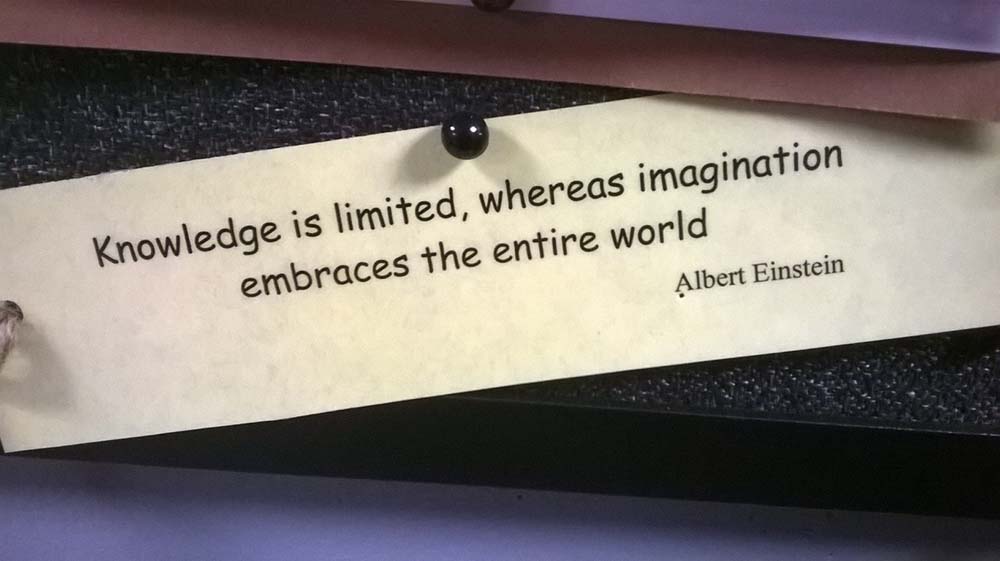
Let your child be wild
The surreal excursions of a giant talking space dog in a tiny car and his lust for ice-cream may not be the subtle and nuanced narrative you imagined, but a student who is excited about and engaged in the story they want to create feels the joy of writing and will enjoy putting effort into planning their tale, and finding just the right word to use, and that's valuable.
The best result you can get is one which both communicates and validates their passion for writing. It may or may not be the best story in the world, but if they enjoy writing it, and learn from the process, it may be the seed that grows, several years from now, into some of the best stories you'll read.
Studiosity is an online study help service, connecting Australia's best and brightest educators to students during homework time. Sign up now to see how it works.



